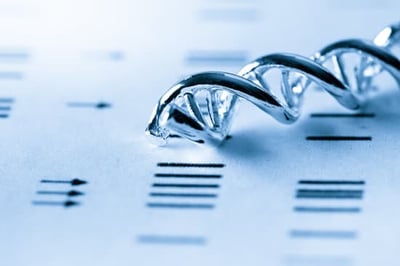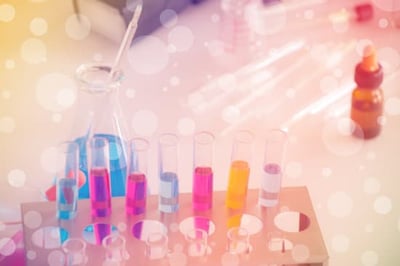
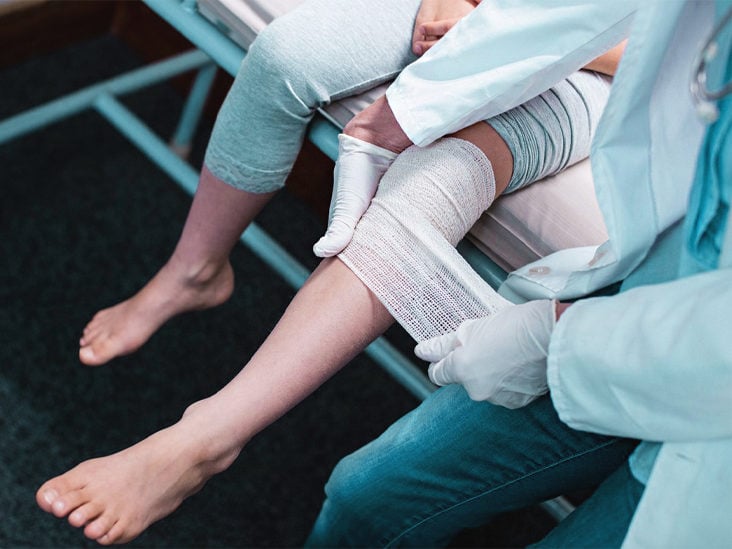
What is a Wound Panel and Why Do I Need it?
In the United States, a 2018 analysis of Medicare beneficiaries found that some 8.2 million people had wounds with treatment for acute and chronic wounds costing the healthcare system upwards of $96.8 billion.
“Increasing costs of healthcare, an aging population, recognition of difficult-to-treat infection threats such as biofilms, and the continued threat of diabetes and obesity worldwide make chronic wounds a substantial clinical, social, and economic challenge,” says a 2019 article in Advances in Wound Care.
Of course, any cuts or breaks in the skin can become infected when bacteria – from the surrounding skin, the external environment, or directly from the wounding event -- enter the wound and multiply.
“Skin infections are often the result of a break in the integrity of the skin,” says the American Family Physician journal. “Bacterial skin infections include erythrasma and related diseases, impetigo, ecthyma, folliculitis, erysipelas, and cellulitis.”
Chronic Wounds Can Lead to Infections
A chronic wound that does not heal properly can become highly susceptible to an infection. BlueCross BlueShield of North Carolina says in such cases a “wound panel” may be ordered by your doctor.
“Wounds (acute or chronic) are almost always colonized by microbes, thereby leading to a significant rate of infection. Panel testing of many pathogens have been proposed as a method to quickly identify and therefore treat a wound,” says BlueCross BlueShield. of North Carolina.
In “Human Wound and Its Burden: Updated 2020 Compendium of Estimates”, Chandan K. Sen says chronic wounds impact the quality of life of nearly 2.5 percent of the total population of the United States and that the COVID-19 pandemic disrupted health care worldwide including wound care leading to:
- Lack of compliance with wound care visits
- Transition to alternative approaches such as telemedicine and videos to treat wounds
- Encouraging do-it-yourself wound dressing protocol and use of home remedies
“Pre-pandemic wound care model typically required visits to an outpatient facility (e.g., wound care center), which in response to the pandemic was misclassified as nonessential or limited access. The direct consequences of such changes in healthcare are the disruption of continuity of wound care,” writes Sen.
Wound Panels Can Quickly Identify Pathogens
Advances in polymerase chain reaction (PCR) testing – which can identify genetic material in a sample to diagnose infectious diseases – allow doctors to order wound panels that can target up to 30 pathogens including bacteria, fungi, and viruses.
Quickly and accurately identifying the cause of a wound infection can lead to proper treatment and avoid overuse of medications that can lead to antibiotic resistance.
Molecular testing platforms such as those used by Wise DX have near-perfect accuracy and can detect pathogens such as streptococcus, enterococcus, and staphylococcus, that a standard culture could fail to find.
“Infectious diseases can be caused by a wide range of pathogens. Conventional diagnostic methods like culture, microscopy with or without stains, and immunofluorescence often lack sensitivity and specificity and have long turnaround times,” says BlueCross BlueShield of North Carolina. “Panels for pathogens using multiplex amplified probe techniques and multiplex reverse transcription can detect and quickly identify multiple pathogens in one test using a single sample.”
Identifying the cause of infection can prevent hospitalizations for untreated wound infections.
How Can I Tell if a Wound is Infected?
The Centers for Diseases Control and Prevention (CDC) says that patients should seek immediate medical care if they have a wound that develops redness, swelling or oozing or other signs of working infection such as:
- Fever
- Increasing pain
- Shortness of breath
- Fast heart rate or high heart rate
- Confusion or disorientation
To take proper care of your wound, you should:
- Wash your hands thoroughly with soap and clean water, if possible.
- Avoid touching the wound with your fingers while treating it (if possible, use disposable, latex gloves).
- Remove obstructive jewelry and clothing from the injured body part.
- Apply direct pressure to any bleeding wound to control bleeding.
- Clean the wound after the bleeding has stopped.
o Examine wounds for dirt and foreign objects.
o Gently flood the wound with bottled water or clean running water (if available, saline solution is preferred).
o Gently clean around the wound with soap and clean water.
o Pat dry and apply an adhesive bandage or dry clean cloth.
- Leave unclean wounds, bites, and punctures open. Wounds that are not cleaned correctly can trap bacteria and result in infection.
- Provide pain relievers when possible.
- Review the wound every 24 hours.
Even Minor Wounds Can Progress to Infection and Need Treatment
It is almost impossible to go through life without a wound to your skin, and fortunately, most wounds we receive are minor and can be easily treated at home.
“Minor wounds heal easily, but still require care to avoid infection,” says Orlando Health. “Because of the danger that can come from not properly treating a wound, it is essential to know which types of injuries can be handled at home and which ones require professional medical attention.”
Orlando Health says that minor cuts, scrapes, and punctures not more than a quarter-inch deep may need only basic wound care treatment at home. Other types of wounds can require a different approach:
- Minor burn wounds: Run cool water over the area or apply a cool, wet cloth. If blisters form, do not pop or drain.
- Wounds on the face or reaching bone: See a medical professional.
- Deep or gaping wounds that need stitches: See a medical professional.
- Animal or human bite: See a medical professional.
- If bleeding cannot be stopped after 10 minutes of pressure: Call 911.
- If you cannot feel or move the injured area: Call 911.
“Sometimes a wound that seemed minor at first can later develop an infection and need additional treatment,” says Orlando Health.
Wounds that have not started healing in two weeks or have not completely healed in six weeks can be considered chronic wounds.
“Chronic wounds remain in the inflammatory stage, which means the injury continues to have swelling, redness, and pain. These non-healing wounds can become infected and lead to infection in the bone or bloodstream, which then can lead to the loss of a limb,” says Orlando Health.
Ordering a PCR-Based Wound Panel to Help Treat an Infection
A medical professional upon examination of your wound may order a wound panel to identify and find treatment options for your suspected infection.
Typically, samples are collected from the wound area by a specimen swab of fluid or tissue and then sent away to the lab.
One of the advantages of molecular-based testing is the ability to have an answer returned within 24 hours vs. traditional cultures which can take days.
A negative test result will tell your doctor that you do not have an active infection, while a positive test result will identify the pathogen that is causing your infection and guide your healthcare team to the best way to treat it, including antibiotic use.
Contact Wise DX today for reliable answers on wound panels that can help you treat your patients quickly and efficiently.
Subscribe to email updates
Related Articles
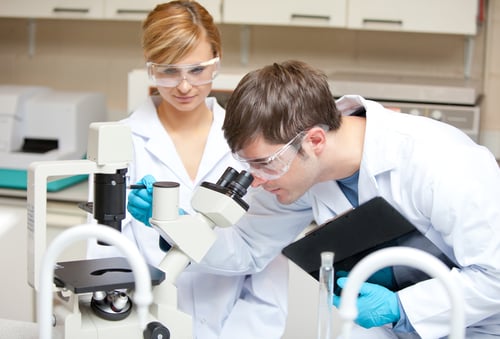
Topics

Topics
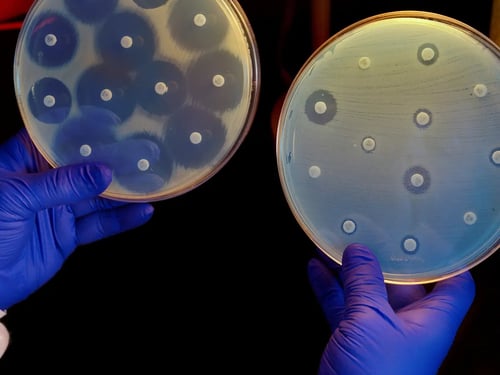
Topics

